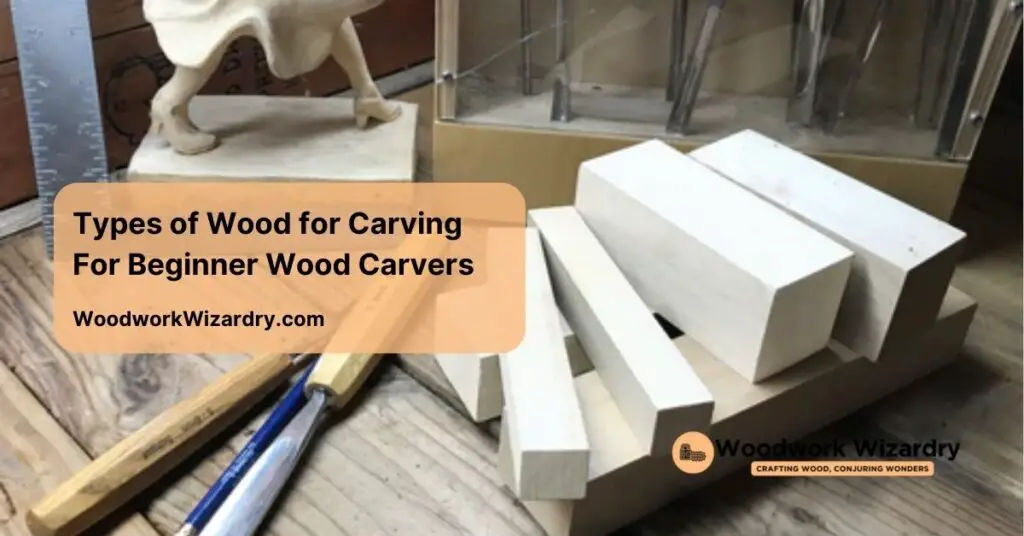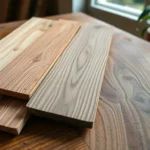Starting your journey into wood carving can be both exciting and a bit overwhelming. With so many types of wood out there, it’s easy to feel unsure about where to begin. Choosing the right wood is essential—it can make your carving experience smoother, more enjoyable, and help you build confidence as a beginner.
Importance Of Choosing The Right Wood
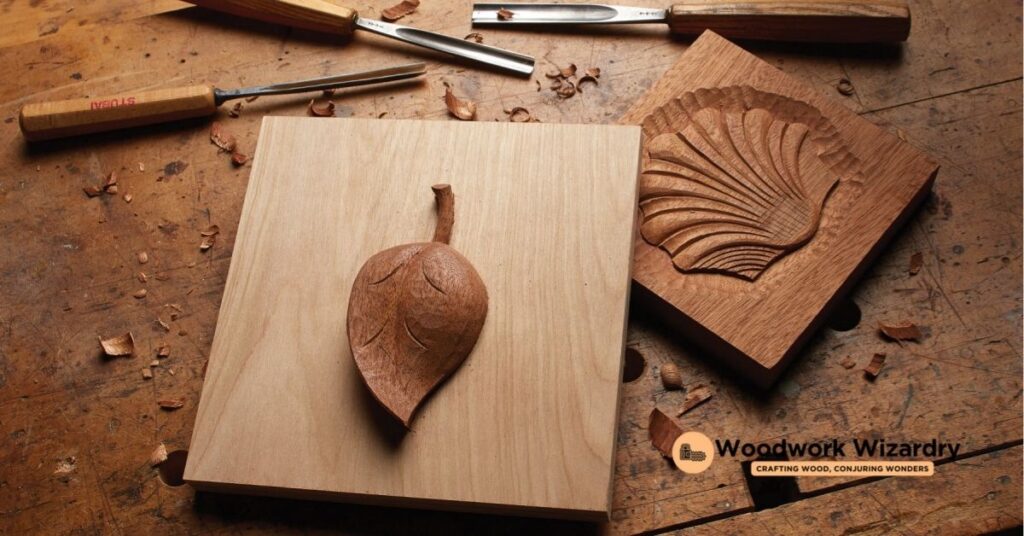
Selecting the right wood can make or break your carving experience as a beginner. Different wood types vary in hardness, grain pattern, and ease of cutting. Focusing on softer woods like basswood or butternut helps you practice techniques without dealing with excessive resistance.
Your tools will work more efficiently when paired with a suitable wood type. Harder woods may dull knives faster, making frequent sharpening necessary. Sticking to beginner-friendly options reduces frustration and allows more time to improve your skills.
Achieving clean cuts and smooth details becomes easier with consistent grain. Some woods, like pine and maple, have uneven or knotty grains that can cause tools to slip. Opting for even-grained materials minimizes challenges and helps build confidence.
Understanding wood characteristics also helps avoid unnecessary expenses. Buying dense, expensive hardwoods as a novice could lead to wasted material if carved incorrectly. Affordable, soft woods let you experiment without important financial risk.
The choice of wood affects the learning curve. Materials that are too hard or brittle can be discouraging for first projects. Prioritizing beginner-friendly options provides both practice and rewarding results.
Popular Types Of Wood For Carving
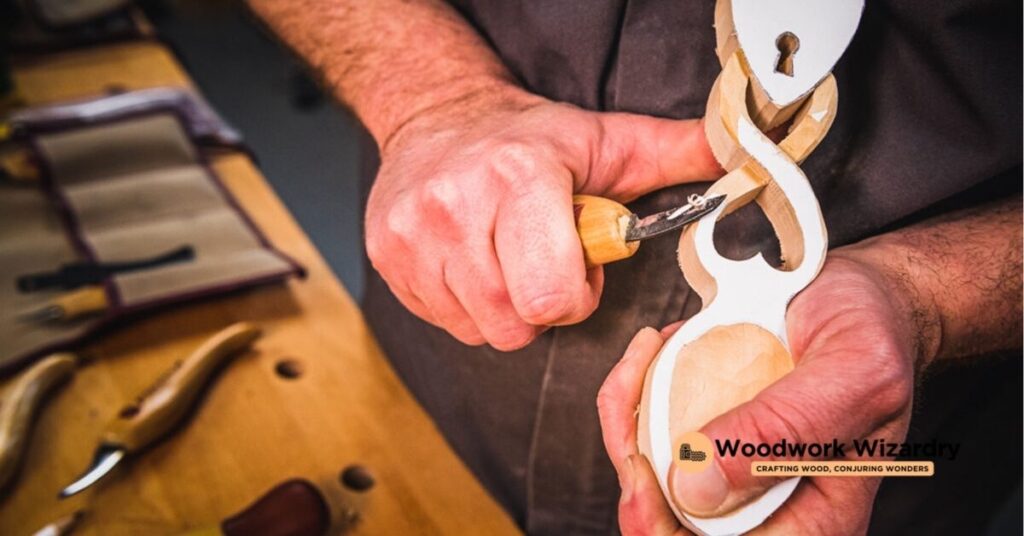
Choosing the right wood is key to mastering carving techniques as a beginner. Some types of wood are more forgiving, making them ideal for practicing your skills.
Basswood: The Beginner’s Favorite
Basswood is a top choice for beginners due to its softness and even texture. You’ll notice how easy it is to cut, which helps you focus on developing precision. It’s lightweight yet strong enough to handle detailed designs without splitting. This wood is also widely available at create stores, making it convenient to find.
Butternut: A Soft And Versatile Choice
Butternut provides a slightly warmer tone and carves effortlessly with sharp tools. Its straight grain makes it excellent for beginners, as it’s less likely to warp or chip. You’ll appreciate its smooth surface that’s perfect for practicing intricate patterns. Also, butternut’s natural beauty adds a polished look to your finished pieces.
Pine: Affordable And Easy To Find
Pine is an economical option for carving, especially useful when you’re experimenting with new techniques. Its widespread availability in hardware and lumber stores ensures easy access. While its grain can be a bit irregular, soft pine varieties are still forgiving for beginners. Using pine is a great way to practice without worrying about costly material mistakes.
Specialty Woods For Unique Carving Styles
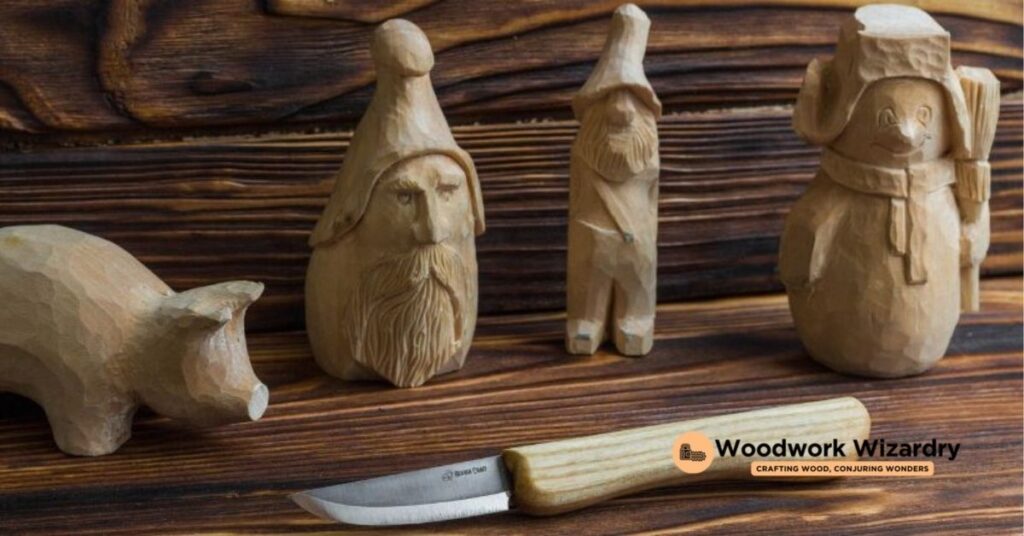
As your skills grow, exploring specialty woods can elevate your carving projects. These woods offer distinct textures, colors, and properties suited for unique artistic expressions.
Cedar: Aromatic And Lightweight
Cedar stands out with its natural fragrance, adding an aromatic experience to your carving. It’s lightweight, making it easier to handle and perfect for smaller, detailed pieces. The soft texture allows tools to glide smoothly, though you might notice occasional knots that require extra care. Cedar’s beautiful reddish tones enhance decorative carvings, making it popular for items like ornaments and boxes.
Cherry: For Smooth And Detailed Work
Cherry wood is a favorite among carvers for its luxurious finish and consistent grain. Its hardness supports precise details, making it ideal for more intricate designs. As it ages, cherry develops a rich, warm hue, adding depth to your finished pieces. This wood performs exceptionally well when carving fine lines and patterns, like those found in relief work or sculpted figures.
Mahogany: A Durable And Elegant Option
Mahogany combines durability with an elegant finish, perfect for creating long-lasting, heirloom-quality carvings. Its fine, even grain reduces the risk of splintering while you work, ensuring smoother results. Even though its hardness, mahogany remains relatively easy for carving, especially with sharp tools. It’s widely used for furniture accents, paneling, and decorative sculptures due to its timeless beauty.
Factors To Consider When Selecting Wood
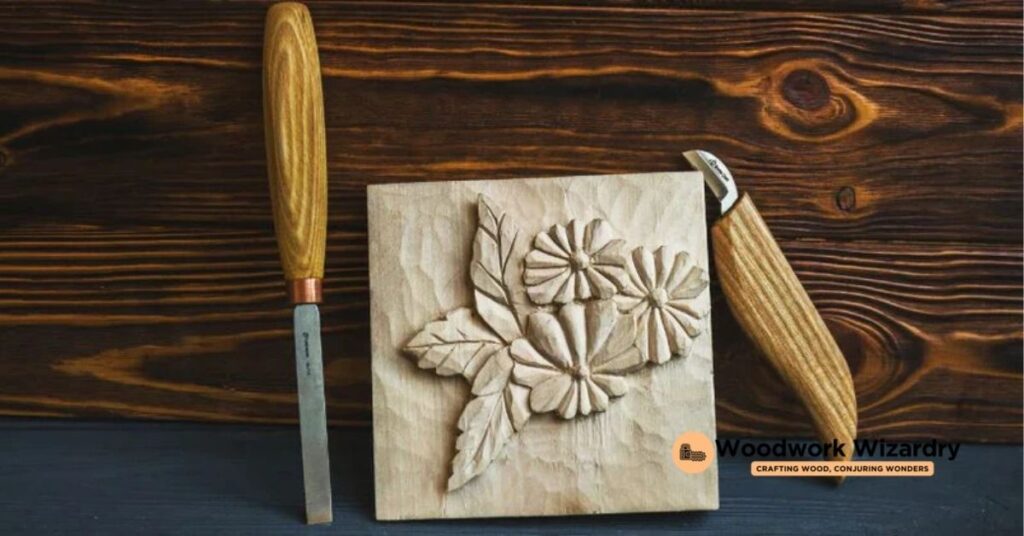
Choosing the right wood can make your carving journey smoother and more enjoyable. By focusing on exact factors, you’ll be better equipped to pick materials that suit your skill level and project needs.
Grain And Texture
Look for a wood with a uniform grain and smooth texture. Woods like basswood and butternut are excellent for beginners because their fine, straight grains allow easy control and clean cuts. Avoid irregular or highly knotty wood, as it can create unpredictable patterns and resistance while carving. Consistent grain helps tools glide smoothly, making small details easier to execute.
Hardness Level
Select wood with a lower hardness level for easier cutting and shaping. Softer woods such as pine or basswood demand less effort from your tools and hands, reducing fatigue and frustration. Beginners benefit most from woods that require less force, as this minimizes accidents and encourages precision. Hardwoods like oak or maple should be saved for advanced projects due to their density and resistance.
Availability And Cost
Opt for wood that is both affordable and readily available. Basswood and pine stand out for their accessibility and low prices, making them ideal for practice. As you develop skills, you can explore pricier options like cherry or mahogany for more intricate works. Avoid costly woods at the start, as mistakes are part of the learning process and could make expensive materials feel wasteful.
Tips For Beginner Wood Carvers
Start by choosing the right tools for your projects. Sharp and properly maintained tools like gouges, chisels, and knives make carving smoother and safer, especially when working with beginner-friendly woods like basswood. Avoid dull tools as they require more force and can lead to uneven cuts or accidents.
Practice proper hand positioning to maintain control. Always carve away from yourself and use a steady grip to guide your tools precisely. It’s best to secure your wood with clamps or a carving vise to prevent slipping, especially when working on detailed areas.
Focus on understanding the grain of the wood. Knowing the direction of the grain helps you carve cleanly and avoid splintering. For beginner woods like butternut, which have smooth and even textures, carving with the grain will ensure better results and reduce frustration.
Experiment with simple designs to build confidence. Work on basic patterns or shapes to get comfortable with your tools and the behavior of woods like pine. These smaller projects let you refine your skills before tackling intricate designs.
Start small and select manageable pieces of wood. Large carvings can feel overwhelming, so using smaller blocks of beginner-friendly wood allows you to concentrate on techniques without getting discouraged.
Keep your workspace clean and organized for safety. Remove excess shavings regularly and ensure that your tools are easily accessible without clutter. A clear space prevents accidents and creates a better environment for focusing on your create.
Take breaks to avoid fatigue and mistakes. Wood carving requires patience, and overworking can lead to errors or accidents. Soft woods like basswood are forgiving and great for building endurance without excessive strain.
Conclusion
Embarking on your wood carving journey is an exciting opportunity to explore creativity and develop valuable skills. By choosing beginner-friendly woods and following practical tips, you can set yourself up for success and enjoy the process without unnecessary frustration.
Remember to take your time, practice consistently, and focus on building confidence with each project. As you grow more comfortable, you’ll be ready to experiment with different woods and techniques, unlocking endless possibilities for artistic expression.

